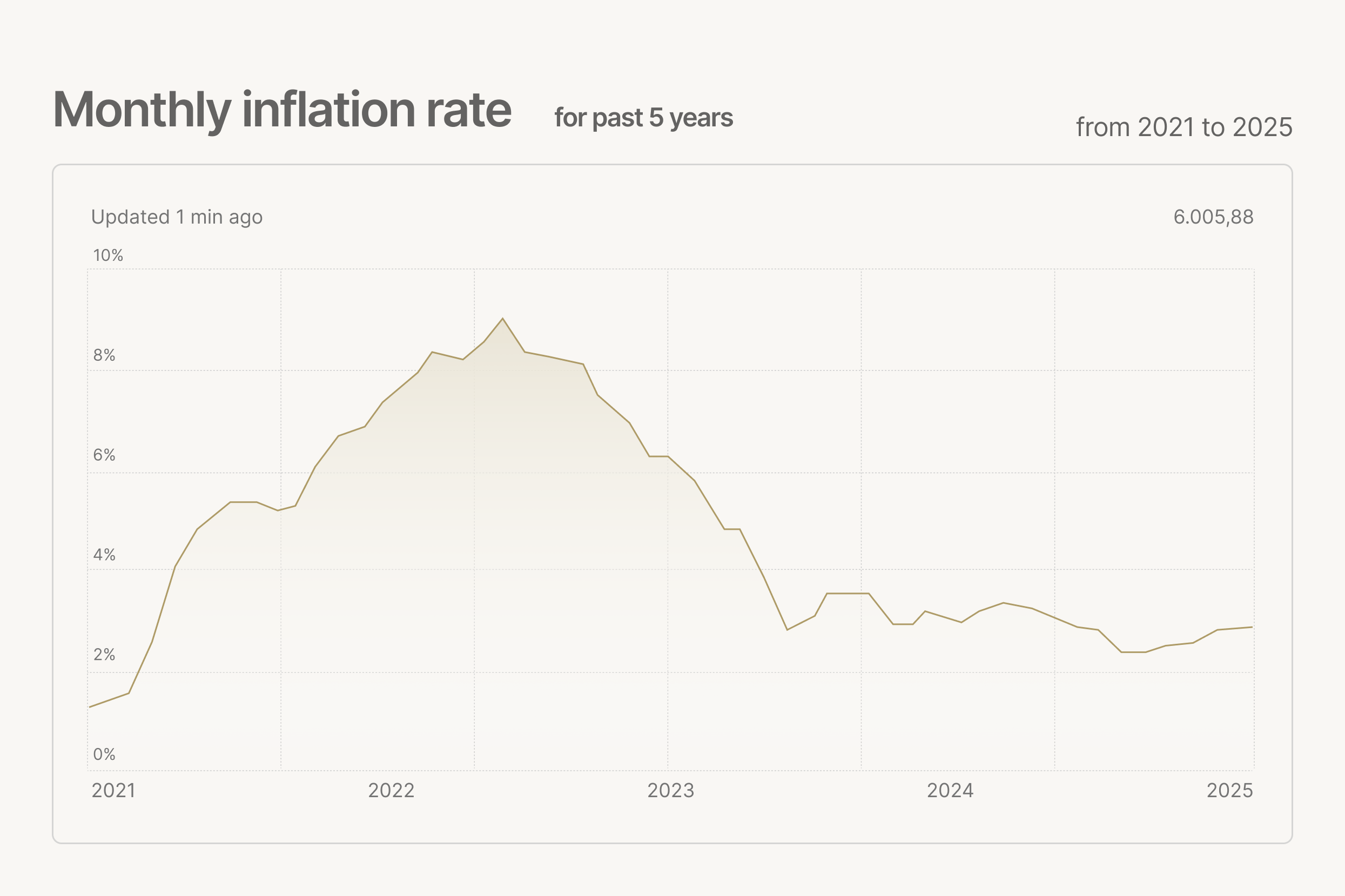The Federal Reserve held interest rates steady at its June policy meeting on Tuesday, opting to keep the federal funds rate in a range of 5.25% to 5.50% for the seventh consecutive time, while signaling it may consider a pause in future hikes if inflation continues to cool. In its post-meeting statement, the Federal Open Market Committee (FOMC) acknowledged “modest progress” in its efforts to bring inflation back toward its 2% target, while maintaining a cautious tone regarding economic risks. While no formal commitment to a rate cut was made, Fed Chair Jerome Powell suggested during his press conference that the central bank may be open to standing pat through the summer — a subtle shift from prior meetings. “Our policy stance remains appropriately restrictive,” Powell said. “We are beginning to see signs that inflationary pressures are abating, but we are not yet at the point where we can declare victory.”
Markets React to Shift in Tone
The Fed’s statement was largely expected, but markets were closely watching for changes in language and Powell’s remarks. The shift toward a potential policy pause sent ripples across financial markets. Treasury yields dipped slightly, the S&P 500 rose 0.6%, and the U.S. dollar weakened against major currencies. “This is the clearest signal yet that the Fed is preparing to pivot — but only if the data supports it,” said Heather Armitage, head of U.S. economics at Lawson & Grey. “They’re threading the needle between managing inflation and not over-tightening into a slowdown.” According to futures markets, traders now assign a 56% probability of the first rate cut occurring in September, up from 42% last week, based on CME FedWatch data.
Economic Indicators Mixed but Improving
The Fed’s tone reflects a delicate balancing act. On one hand, core inflation — which excludes volatile food and energy prices — has cooled to 3.1% year-over-year, down from over 5% this time last year. On the other hand, consumer spending remains robust, and recent jobs data has shown continued strength, complicating the Fed’s path forward. “We are seeing real progress on inflation, particularly in goods and housing-related categories,” Powell noted. “But services inflation, particularly tied to wages, remains sticky.” The central bank also released an updated Summary of Economic Projections, or “dot plot,” showing that most FOMC members now expect one rate cut in 2025, down from two projected at the March meeting. GDP growth projections were modestly upgraded to 2.0%, while the unemployment forecast was held steady at 4.0%.
Why the Fed Is Signaling Patience
Analysts say the Fed’s current posture is driven by a mix of cautious optimism and risk management. With inflation trending lower, the urgency for further hikes has diminished. At the same time, cutting too soon could reignite price pressures — a mistake the Fed is determined to avoid. “They don’t want to make a policy error in either direction,” said Peter Hollings, managing director of macro strategy at Citadel Ridge. “This isn’t the 1970s, but the Fed is keenly aware of historical lessons.” Consumer and business sentiment has remained resilient even in the face of higher borrowing costs. However, regional banks and commercial real estate remain areas of concern for policymakers, who worry that tight financial conditions could surface more systemic risks later this year.
Global Central Banks Also Hold Steady
The Fed’s decision comes as other major central banks have also taken a more cautious approach. The European Central Bank and Bank of England both held rates steady at recent meetings, while the Bank of Canada is expected to cut rates as early as July. This convergence suggests that global policymakers are aligned in believing the worst of inflation may be behind us, but are still hesitant to declare the job finished.

Investor Takeaways
For investors, the Fed’s signaling offers both reassurance and a reminder: while the worst-case scenario of aggressive rate hikes may be off the table, the path to lower rates will be gradual and dependent on the data. Bond markets reacted positively, with the 10-year Treasury yield falling to 4.48%, offering opportunities for income-seeking investors. Equities, especially interest-rate-sensitive sectors like tech and real estate, also saw a modest lift. “Markets love stability, and that’s exactly what the Fed is trying to engineer,” said Armitage. “But make no mistake — inflation will have the final say.” As the summer progresses, all eyes will remain on key data releases, including the June CPI report and second-quarter GDP, to determine whether a policy pivot is truly on the horizon — or just a pause before more tightening.






